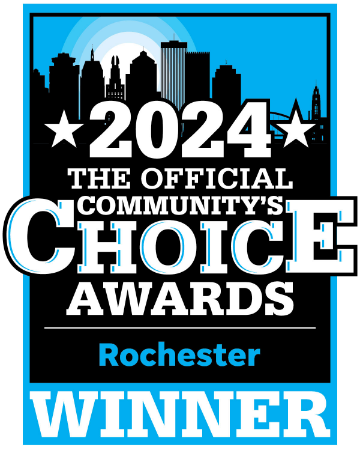Rhinoplasty, commonly known as a nose job or nasal surgery, is one of the most sought-after facial plastic surgery procedures worldwide. Being well-informed about the process, expectations, and recovery is crucial for you to feel mentally and emotionally prepared for surgery. Each person’s healing journey is slightly different, but here’s what you need to know before getting rhinoplasty and generally what you can expect during the recovery period.
1. Choosing the Right Surgeon
The success of your rhinoplasty largely depends on the expertise of your surgeon. It is essential to choose a board-certified facial plastic surgeon with extensive experience in rhinoplasty procedures. Look for a specialist with a strong portfolio, positive patient testimonials, and a deep understanding of both aesthetics and nasal function.
Dr. Quatela is recognized nationally and internationally as a leader in facial plastic surgery, and both Dr. Lee and Dr. Montague trained under Dr. Quatela, each completing their facial plastic surgery fellowship at the Quatela Center. All three have expertise in creating natural results that are proportionate and personalized for each individual patient.
2. Setting Realistic Expectations
Rhinoplasty can significantly enhance facial harmony, but perfection is subjective. Your surgeon will evaluate your facial structure and discuss what can be realistically achieved. Computer imaging will also be done to help visualize potential results. It’s important to work together with Dr. Quatela, Lee, or Montague to craft a surgical plan that addresses your goals and creates facial harmony that works for you, not that is based on a general beauty standard or someone else’s facial structure.
3. Cosmetic vs. Functional Goals
Some patients seek to correct breathing issues due to a deviated septum or other structural concerns, which is achieved through a septoplasty. Others pursue cosmetic changes, such as refining the nasal tip or reducing a dorsal hump. In many cases, nasal surgery can address both functional and aesthetic concerns simultaneously, in a combined procedure called a septorhinoplasty. This procedure will not only address the cosmetic changes desired but ensure any functional issues are corrected so that your nose looks great and allows you to breathe well too!
4. Preparing for Surgery
To ensure optimal healing, you’ll need to follow pre-operative instructions given to you before surgery. These include:
- Avoiding certain medications and supplements that increase bleeding risk
- Two weeks before surgery, stop smoking
- Arranging for post-surgery assistance, as you’ll need rest in the initial days
You will have a pre-operative appointment with one of our Advanced Practice Providers to go over these instructions as well as address any additional questions you have. It’s important to make sure you understand and are prepared to follow these instructions before and after surgery for your safety and best results.
What to Expect During Rhinoplasty Recovery
1. The First Few Days
Immediately after surgery, your nose will be bandaged, and you may have internal splints for support. Swelling, bruising, and congestion are common, especially around the eyes. You will need to rest with your head elevated and apply cold compresses as advised.
Read about one patient’s recovery journey here:
2. Managing Discomfort
Mild to moderate discomfort is expected, but prescription pain medication or over-the-counter pain relievers can help manage it. Avoiding strenuous activities and keeping your head elevated will aid in a smoother recovery.
3. Swelling and Bruising Timeline
- Week 1: Most of the initial swelling and bruising subside. Stitches and external splints are usually removed at your follow-up visit.
- Weeks 2-4: Swelling gradually decreases, and you’ll begin to resume normal and strenuous activities gradually as cleared by your surgeon.
- Months 1-3: Residual swelling continues to resolve (generally 90%), with the nasal structure refining.
- 1 Year+: Final results become more apparent and are established.
4. Returning to Normal Activities
Most patients can resume light activities within a week and return to work within 10-14 days. However, strenuous exercise, contact sports, and wearing glasses directly on the nasal bridge should be avoided for several weeks or as instructed by your surgeon. Exact recommendations will be given at your post-operative appointments as your surgeon and care team oversee your healing.
Rhinoplasty is a transformative procedure that requires careful consideration and patience during recovery. By choosing a skilled, board-certified facial plastic surgeon, maintaining realistic expectations, making a recovery plan, and following post-operative care instructions, you can achieve a beautifully refined nose that enhances your overall facial balance and function.
If you’re considering rhinoplasty, one of our Patient Consultants would love to speak to you! They can discuss your goals, answer any questions, and schedule a personal consultation complete with imaging to help you get an idea of your result. To learn more, contact us online or by calling 585.244.1000.




Leave a Reply